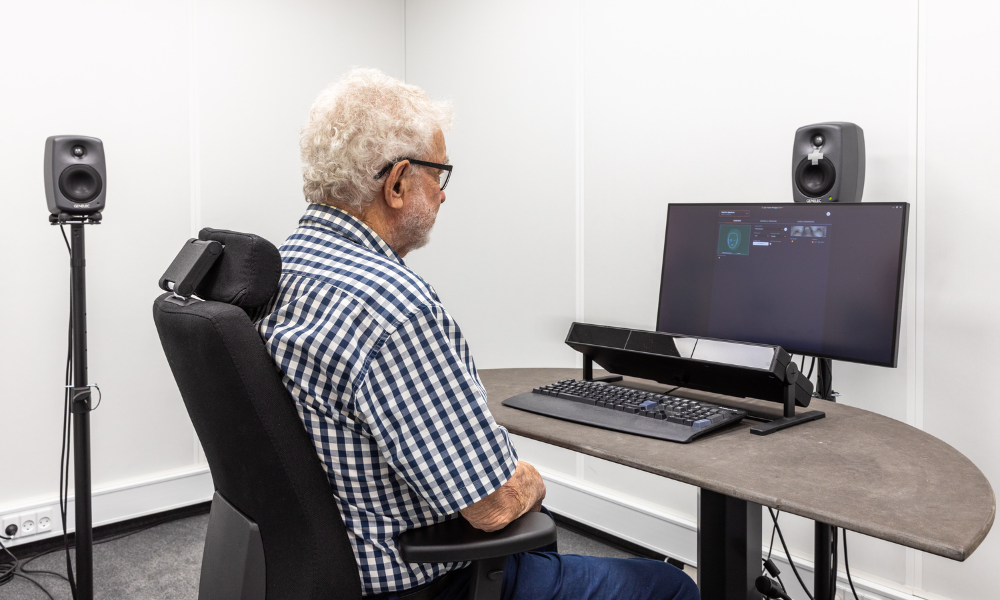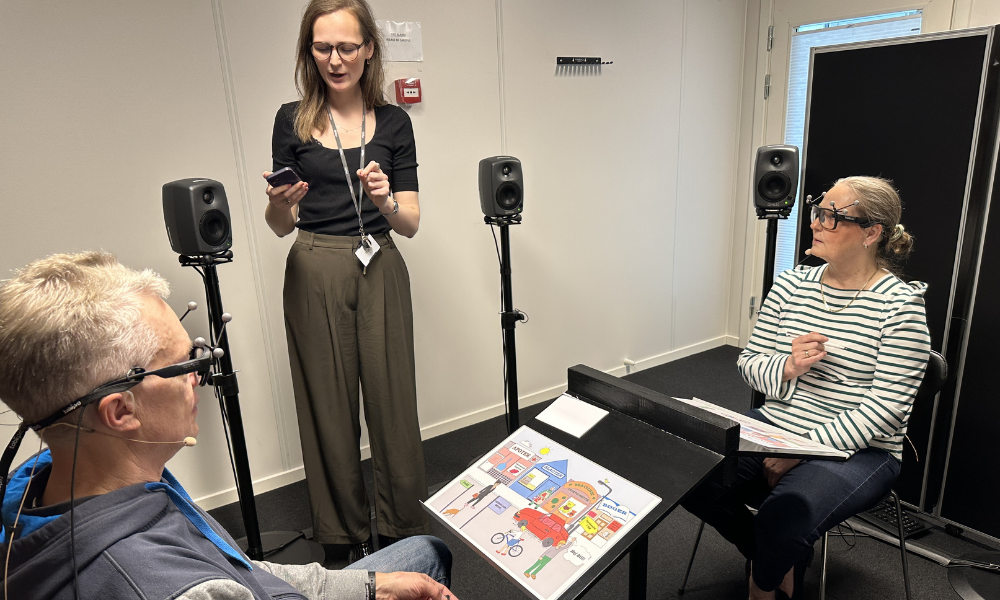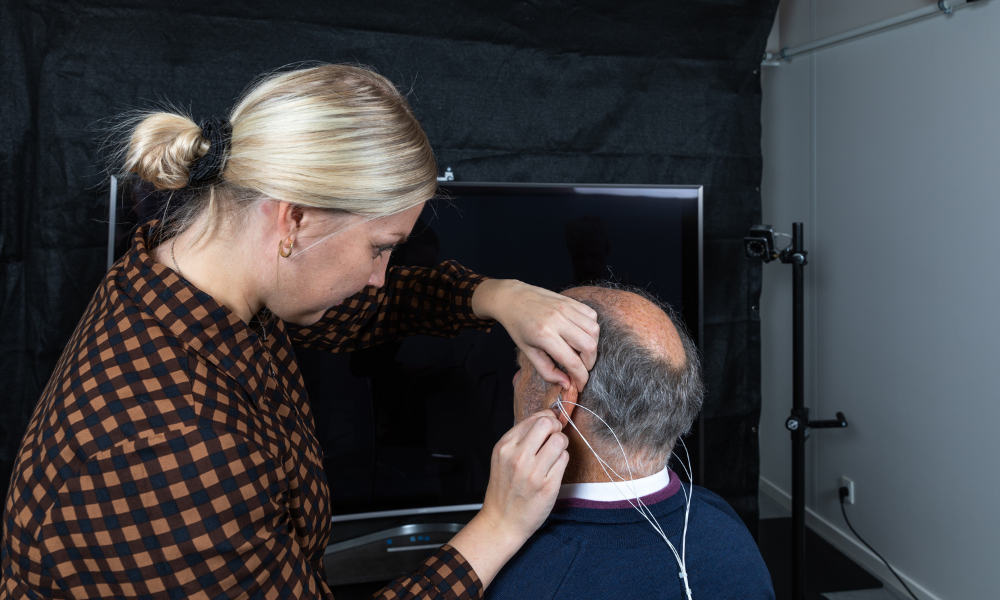Introduction
Understanding speech in the presence of interfering sound sources can be difficult for listeners affected by hearing loss. The pitch of the voice contributes to providing useful information for performing this task, but access to pitch cues can be limited by hearing loss. It is currently unclear what characteristics of voice pitch are relevant for speech intelligibility and which aspects of hearing loss hinder the access to them.
The project is funded by William Demant foundation and Innovation Fund Denmark.
Aims
This project aims to provide insights into the components of hearing impairment that affect a listener’s sensitivity to pitch cues, and how these cues can aid speech perception. A better understanding of these aspects will provide insights for a potential future implementation of pitch processing strategies in hearing instruments, aimed at overcoming the limitations imposed by hearing loss, especially in complex acoustic scenarios with multiple speakers.
Methodology
The research will be conducted with listening tests using both artificial sounds that convey pitch information, and natural as well as manipulated speech. The listeners’ ability to make use of pitch cues when distinguishing between artificial sounds will be tested and compared to their ability in distinguishing target speech from undesired sounds and thus understanding it.








